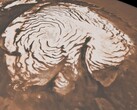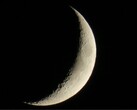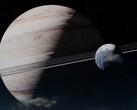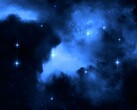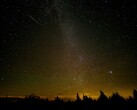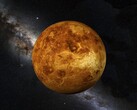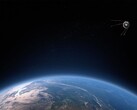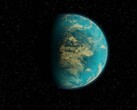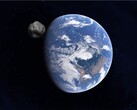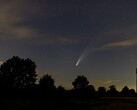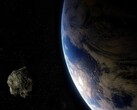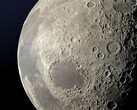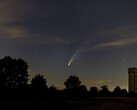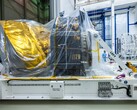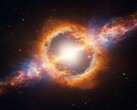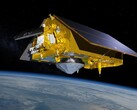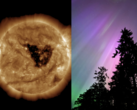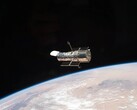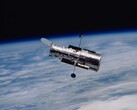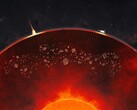Two days ago, NASA announced what many are calling the strongest indication yet of potential ancient microbial life on Mars, something that is surely exciting for astronomy enthusiasts. But Nicola Fox (associate administrator for NASA's Science Mission Directorate) and Lindsay Hays (senior scientist for Mars Exploration in NASA's Planetary Science) made errors that no one is talking about.
About 22 minutes and 35 seconds into the livestream, Nicola said “our galaxy is about a hundred billion light-years across,” a number that is totally off the mark. A number that is higher than the entire length of the current observable universe — 92 billion light-years across. Our galaxy — the Milky Way — is estimated to be 100,000 light-years across. Did she mistake our galaxy for the universe, or 100,000 for 100 billion? That's a question left to be answered.
She was followed up by Lindsay Hays, senior scientist for Mars Exploration in NASA's Planetary Science Division, around the 41:15 mark. She said the rocks that contained the possibly organic residue were about 350 billion years old, which she added is about the same time as the earliest fossils found on Earth.
Again, a number that even the universe can't boast of. The universe is estimated to be 13.8 billion years old; over 25 times younger than that age. Also, the oldest confirmed fossils found on Earth are estimated to be around 3.45 billion years old. Joel Hurowitz — the lead author of the study whose results NASA announced — only estimated the rocks to be between 3.2 and 3.8 billion years old.
Source(s)
NASA and Reuters (all linked above)





